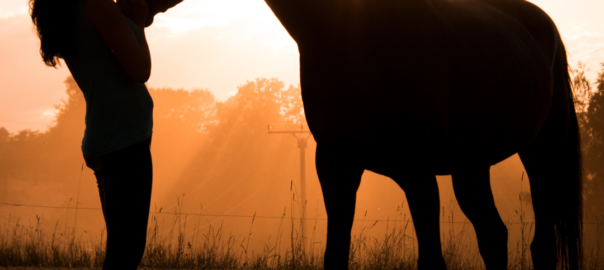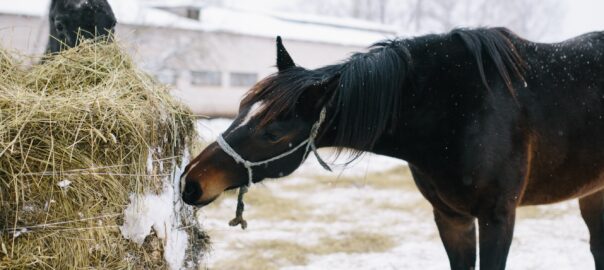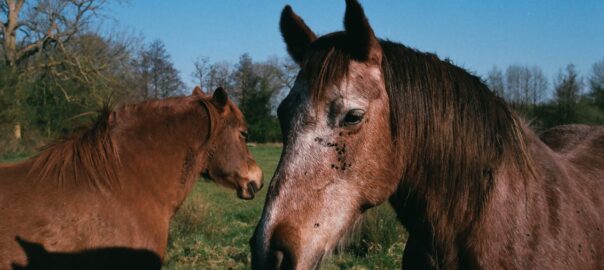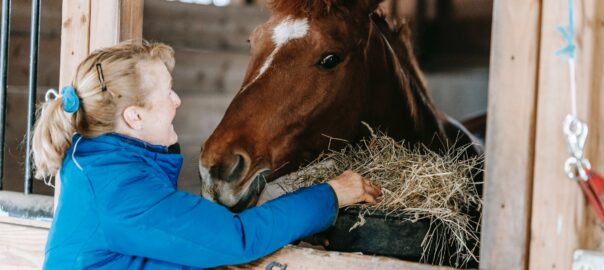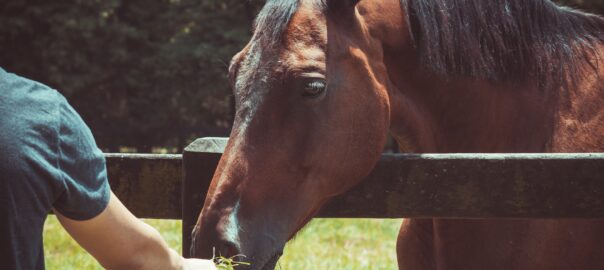Winter is finally (almost) behind us and it’s time to make sure your horse is ready for the warmer weather that’s on the way. Before you let your horse roam free underneath the spring sun, consider the following to keep them comfortable and protected for the next few months:
Preparing your horse for spring
Spring is here – is your horse ready? Since colder temperatures are finally on their way out, your horse will be able to comfortably run free and enjoy the warm and refreshing breeze of spring. Before you can both take advantage of this nice weather, you might want to consider some of the following to help make the transition enjoyable for your horse(s).
- Call your veterinarian – It’s a good idea to give your vet a call prior to any changing of the seasons just to make sure everything is up-to-date. You can go over vaccination records and check to see if your horse is due for any annual or biannual shots. If needed, schedule these appointments well in advance so your horse can get active and enjoy the weather!
- Slowly adjust to the heat and humidity – Since your horses likely had a reduced riding schedule during the colder winter months, it’s important to help rebuild their stamina prior to the warmer weather conditions. Take some time and develop a careful conditioning plan and take it one day at a time.
Preparing your horse for summer
For some people, summer means relaxing by the pool, vacations, and beach days. For horse owners, however, it means bugs, exhaustion, and much longer days. Make sure you’re aware of how to properly care for your horse during the hotter temperatures, as well.
- Insect proof everything – Insects can be annoying, sure, but they can also lead to serious health options for your horses. Make sure you’re properly treating run-in shelters, square and round bale feeders, and anywhere else your horse spends time.
- Provide adequate shade from the sun – The best method for preventing the sun-bleaching of your horse’s coat is to minimize sun exposure. Do your best to stable your horse during the hours when the sun is the hottest. Instead, let them out and get their exercise in during the early morning and evening hours.
Feeding your horse with square or round bale feeders
During every season – rain or shine – make sure you’re providing your horse with quality hay and clean water. Whether you’re using legumes to provide higher protein and calcium content or grass hay for digestion help, round bale feeders are great for ensuring horses are well-fed and getting enough necessary nutrients.
Keep your horses comfortable, energized, and well-fed during the spring and summer months. Contact us today and ask about our quality hay feeders for horses!
